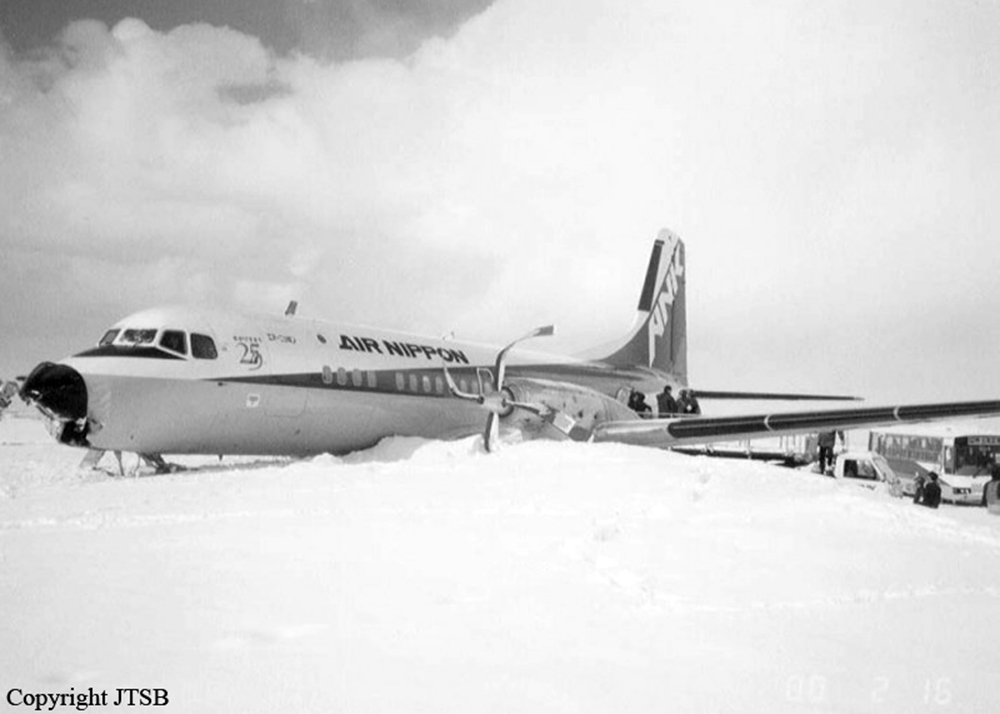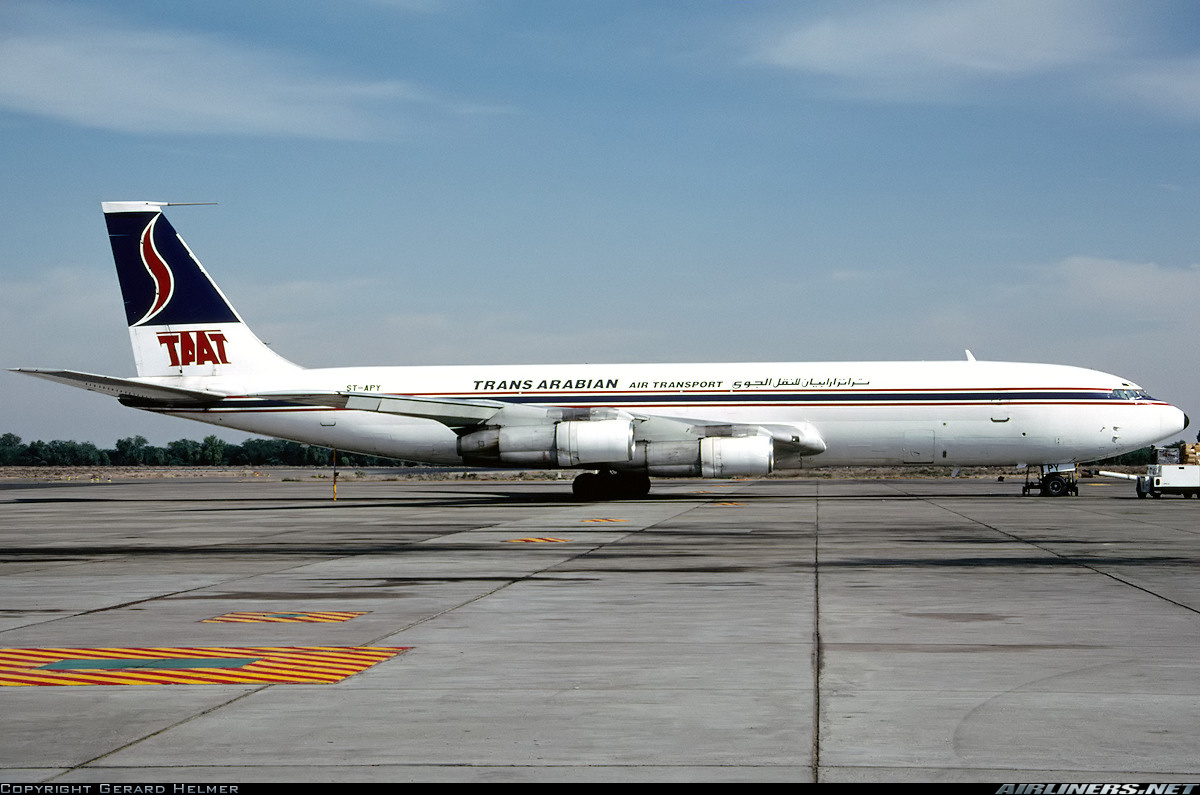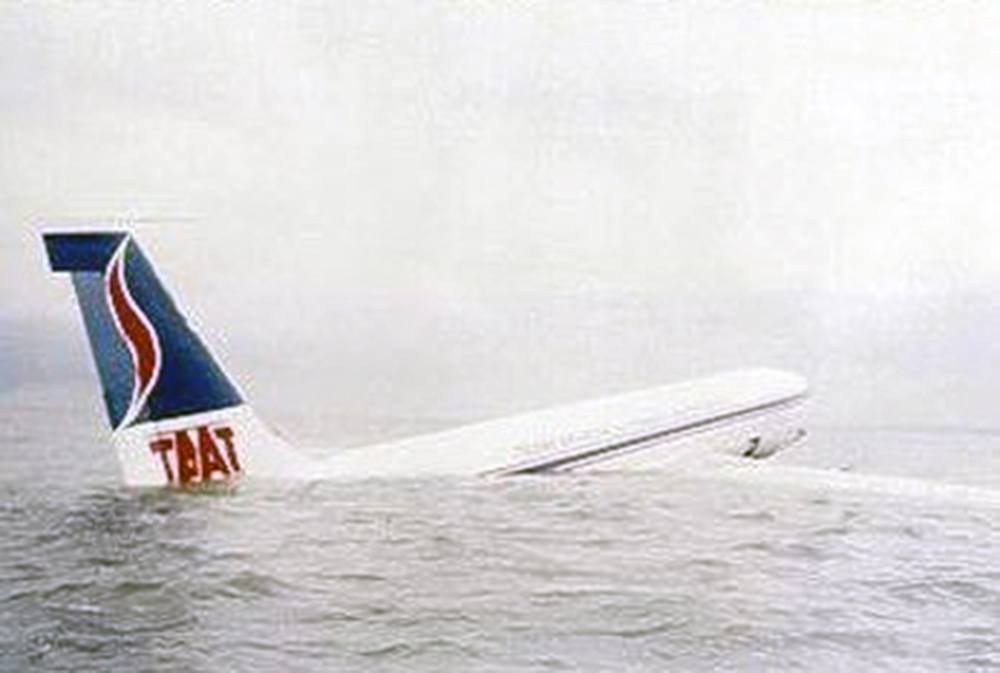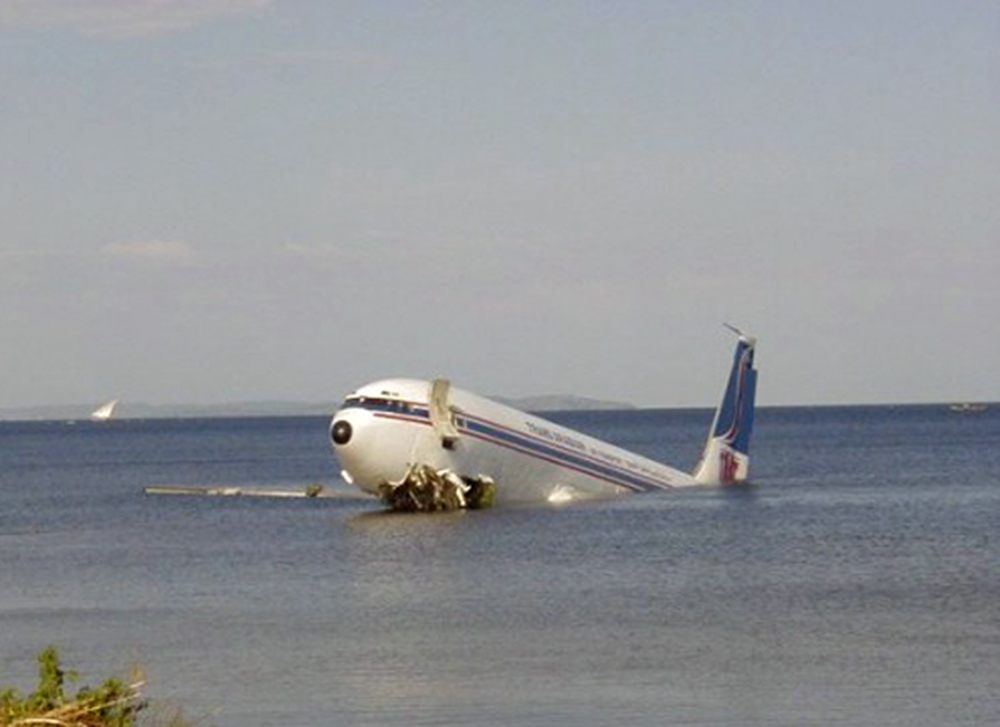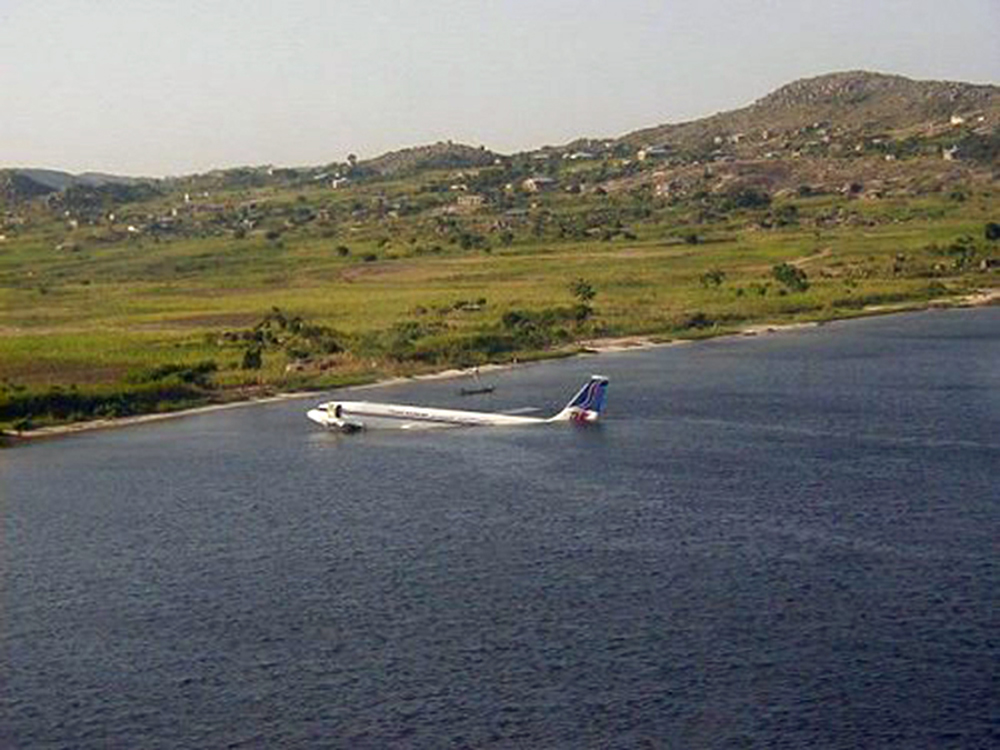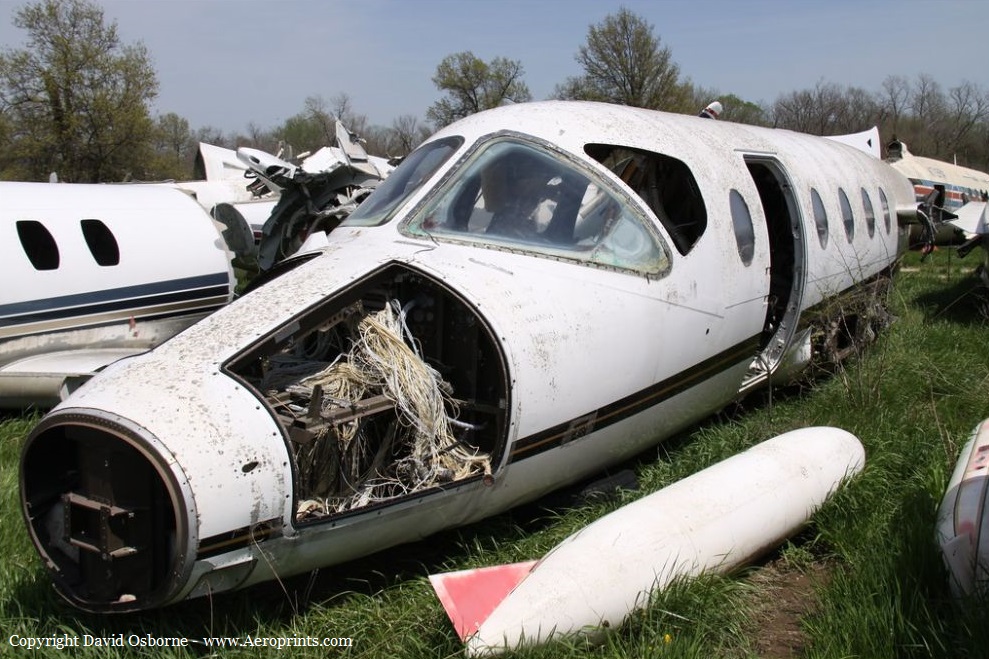Crash of a Douglas DC-8-71F in Sacramento: 3 killed
Date & Time:
Feb 16, 2000 at 1952 LT
Registration:
N8079U
Survivors:
No
Schedule:
Sacramento - Dayton
MSN:
45947
YOM:
1968
Flight number:
EB017
Crew on board:
3
Crew fatalities:
Pax on board:
0
Pax fatalities:
Other fatalities:
Total fatalities:
3
Captain / Total hours on type:
2128.00
Copilot / Total hours on type:
2080
Aircraft flight hours:
84447
Aircraft flight cycles:
33395
Circumstances:
On February 16, 2000, about 1951 Pacific standard time, Emery Worldwide Airlines, Inc., (Emery) flight 17, a McDonnell Douglas DC-8-71F (DC-8), N8079U, crashed in an automobile salvage yard shortly after takeoff, while attempting to return to Sacramento Mather Airport (MHR), Rancho Cordova, California, for an emergency landing. Emery flight 17 was operating under the provisions of 14 Code of Federal Regulations (CFR) Part 121 as a cargo flight from MHR to James M. Cox Dayton International Airport (DAY), Dayton, Ohio. The flight departed MHR about 1949, with two pilots and a flight engineer on board. The three flight crew members were killed, and the airplane was destroyed. Night visual meteorological conditions prevailed for the flight, which operated on an instrument flight rules (IFR) flight plan.
Probable cause:
A loss of pitch control resulting from the disconnection of the right elevator control tab. The
disconnection was caused by the failure to properly secure and inspect the attachment bolt.
disconnection was caused by the failure to properly secure and inspect the attachment bolt.
Final Report:








